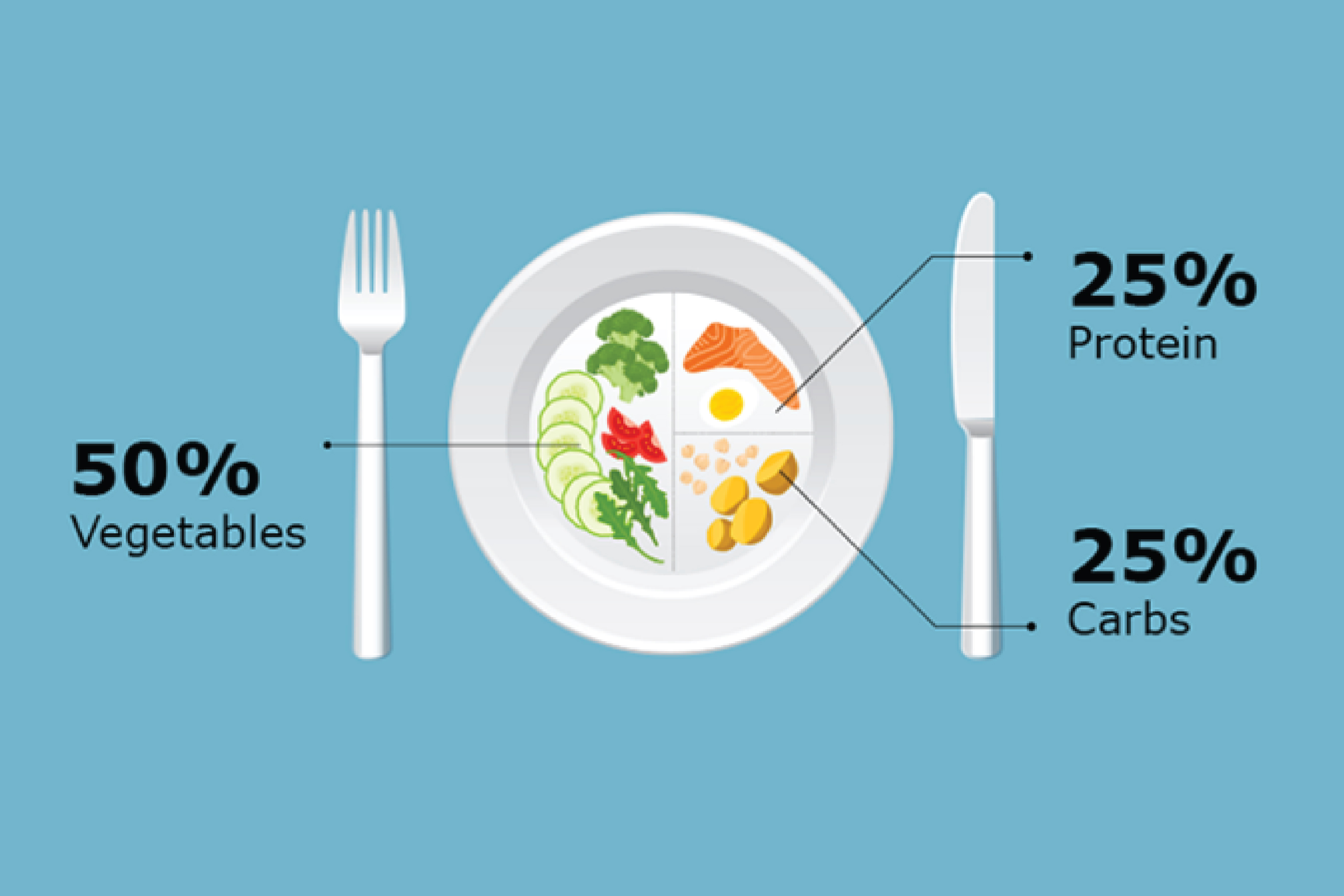
Understanding the impact of diet on diabetes
Learn how to use what you eat and drink to manage your diabetes.
What does an ideal type 1 diabetes diet look like? This guide will advise you on which food and drinks to choose.
It can come as a shock to be diagnosed with type 1 diabetes, and you may have a lot of questions about what you can and can’t eat and drink as you learn to manage your condition.
Please consult your diabetes care team who will advise you on the best diet plan for managing your diabetes.
A healthy, balanced diet is important for everyone, whether you are living with diabetes or not, but also helps with diabetes management. Your type 1 diabetes diet should include food from all food groups – fruit, vegetables, carbohydrates, protein and dairy1.
There are multiple insulin regimens available now2, which means you don’t need to avoid certain foods if you have type 1 diabetes. However, it is still advisable to try to plan nutritious meals1 and create a type 1 diabetes meal plan.
Top tip: try developing simple habits to help you stay on track with your type 1 diabetes diet. The diagram below shows you how much carbohydrates, vegetables and protein your meals should include2,3.

Top tip: try to stick to small, healthy portion sizes by using smaller plates4.
It is a good idea to include some carbohydrates with your meals. This is because your insulin may cause blood sugar levels to drop too low without carbohydrates. The amount and type of carbohydrates you consume should be dependent on your sugar levels4. If, for example, you plan a night out where you know you will consume alcohol, you should alter the level of carbohydrates in your meals accordingly5.
All carbohydrates will affect your blood sugar levels, so it’s important to count your carbohydrates, which will help keep blood sugar levels steady6. You will need to match the amount of carbohydrates you eat and drink to your insulin regimen to help maintain your blood sugar balance4.
It is a good idea to count the carbohydrates you eat and drink, so you can adjust your insulin according to this and other factors, including4,6:
You may be able to be more flexible with when you eat carbohydrates, and how much you eat, if you are on an insulin pump or you are using a basal bolus insulin regimen4.
If you are on a twice-daily fixed insulin regimen, your type 1 diabetes meal plan should include regular mealtimes and a similar amount of carbohydrate every day. If you eat more carbohydrate than usual, your blood sugar levels may go too high7. Eating fewer carbohydrates may lead to low blood sugar levels, also sometimes called a ‘hypo’4.
Water is the best choice of drink, and you should aim to drink approximately two litres of water every day8. You can have tea or coffee but may consider reducing adding sugar or choosing skim milk options.
Top tip: add to the flavour of water by using cucumber slices or pieces of fruit, such as strawberries, limes or oranges8.
Sometimes you may need to help keep your blood sugar levels up by having a small snack between meals4. Some examples of healthy choices to include in your type 1 diabetes diet, are:
Try to avoid highly processed food, e.g., crisps, chocolate, and biscuits4.
Top tip: manage your portion sizes to maintain a healthy weight4.
Avoid drinking sugary drinks and fruit juices because they usually increase blood sugar levels to high rates very quickly4. Fruit juice can harm teeth, so if you are giving it to a child living with type 1 diabetes, dilute it with water and provide it at mealtimes10.
Aim for a healthy, balanced diet, with lower levels of4,11:
Having a healthy and balanced type 1 diabetes diet may help reduce your risk of long-term diabetes complications by helping you to4:
Top tip: it’s a good idea to make changes to your diet slowly over time and to set realistic goals. This will make it easier for you to stick to your type 1 diabetes meal plan and any lifestyle changes.
This is general disease awareness and should not be understood as medical advice. If you have any questions or concerns, you should contact your healthcare professional.
With these tips, we hope you feel more comfortable managing your diet with type 1 diabetes.